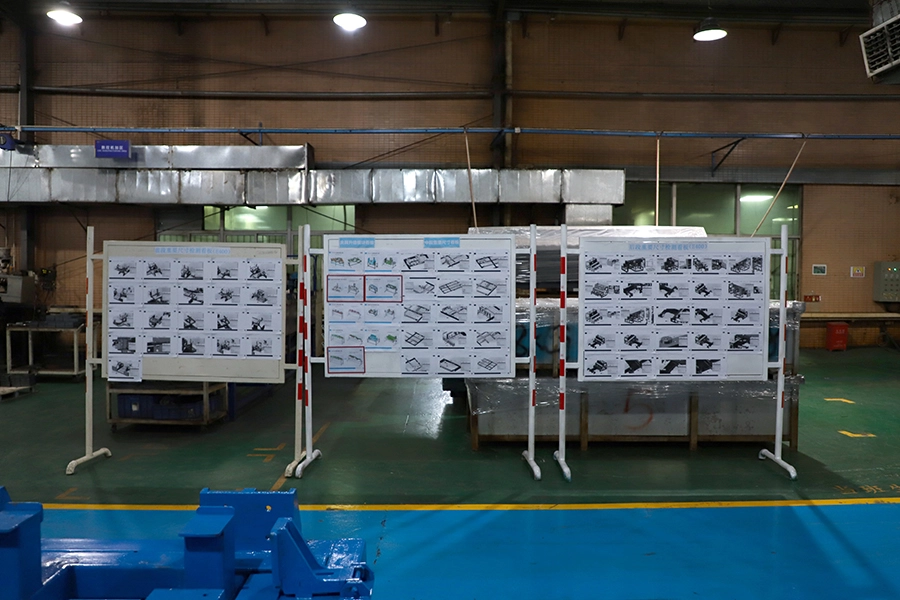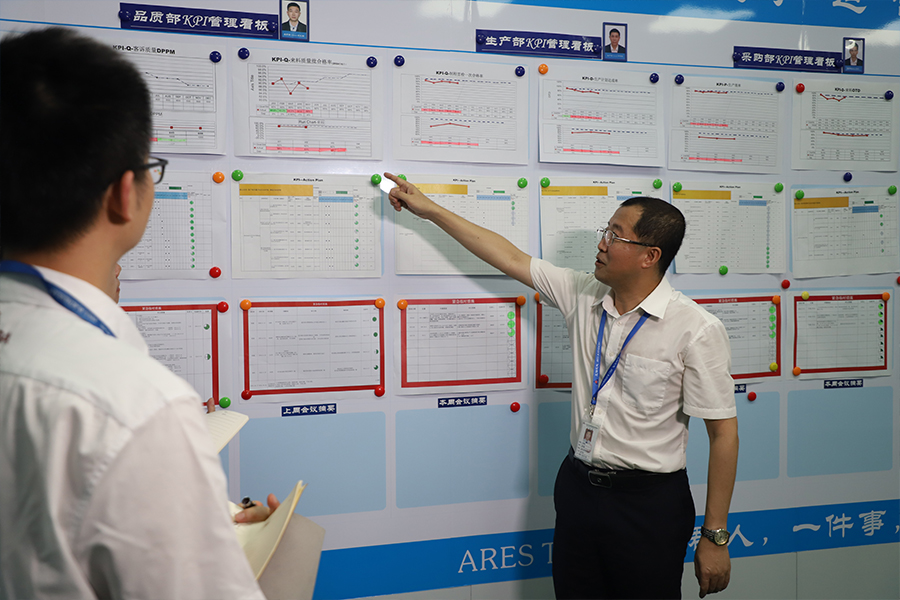In the field of sheet metal processing, the efficiency of the assembly process is directly related to the quality and production efficiency of the product. In order to create an efficient assembly process from the details, we need to start from multiple aspects and make careful optimization and improvement. Here are some specific strategies and steps:
Clear goals and detailed planning
First, we need to clarify the goals and requirements of the assembly, including the performance, appearance, safety and other aspects of the product. On this basis, detailed planning is carried out to clarify the size, shape, material of each component and the connection method and sequence between them. Detailed planning helps to reduce errors and unnecessary delays and lay a solid foundation for an efficient assembly process.
 Optimize workflow and detail management
Optimize workflow and detail management
- Review and streamline: Review the entire assembly process and find possible bottlenecks and unnecessary steps. By streamlining the process, we can reduce unnecessary waiting and repetitive operations and improve assembly efficiency.
- Standardized operations: Break down the assembly process into a series of standardized operation steps and formulate detailed operating procedures for each step. This helps to ensure the consistency and stability of the assembly process and reduce errors caused by human factors.
- Detail management: Pay attention to detail management, such as ensuring the cleanliness of each component and checking the tightness of the connection. These details may seem insignificant, but they often have a significant impact on the quality and performance of the product.
Improve the efficiency of tools and equipment
- Choose high-quality tools: Investing in high-quality tools and equipment can simplify the assembly process and improve efficiency. At the same time, the right tools can also reduce operator fatigue and error rates.
- Maintain equipment regularly: Regularly inspect and maintain assembly equipment to ensure its normal operation and precision requirements. This helps reduce equipment failures and downtime and improve production efficiency.
Strengthen personnel training and management
- Professional training: Ensure that assemblers have received professional training and understand the correct operation methods for each step. Qualified training can improve the skill level of operators and reduce error rates.
- Teamwork: Encourage team members to cooperate with each other and share experience and skills. Good teamwork can speed up work progress and improve overall assembly efficiency.
- Incentive mechanism: Establish an incentive mechanism to reward and commend assembly personnel with outstanding performance. This helps to stimulate employees' work enthusiasm and creativity and improve overall assembly efficiency.

Introduce intelligent and automated technologies
- Automation and intelligence: Consider introducing automation and intelligent technologies to assist the assembly process. For example, robots are used to assemble precision parts, or smart sensors are used to monitor and control key parameters in the assembly process. These technologies can significantly improve assembly efficiency and precision.
- Data analysis and monitoring: Use data analysis tools to monitor and analyze the assembly process to identify and solve problems in a timely manner. Through data analysis, we can identify bottlenecks that affect assembly efficiency and develop improvement measures.
Finally, we need to continue to pay attention to the effectiveness and efficiency of the assembly process and collect feedback and suggestions from employees. Through continuous improvement and optimization, we can continuously improve assembly efficiency and quality. This includes introducing new technologies and methods, as well as optimizing existing work processes and operating procedures.
In summary, starting from the details to create an efficient assembly process requires us to make efforts in many aspects, such as clarifying goals and refining planning, optimizing work processes and detail management, improving tool and equipment efficiency, strengthening personnel training and management, introducing intelligent and automated technologies, and continuous improvement and optimization. These measures will help improve sheet metal processing and assembly capabilities and create greater value for enterprises.

 Optimize workflow and detail management
Optimize workflow and detail management